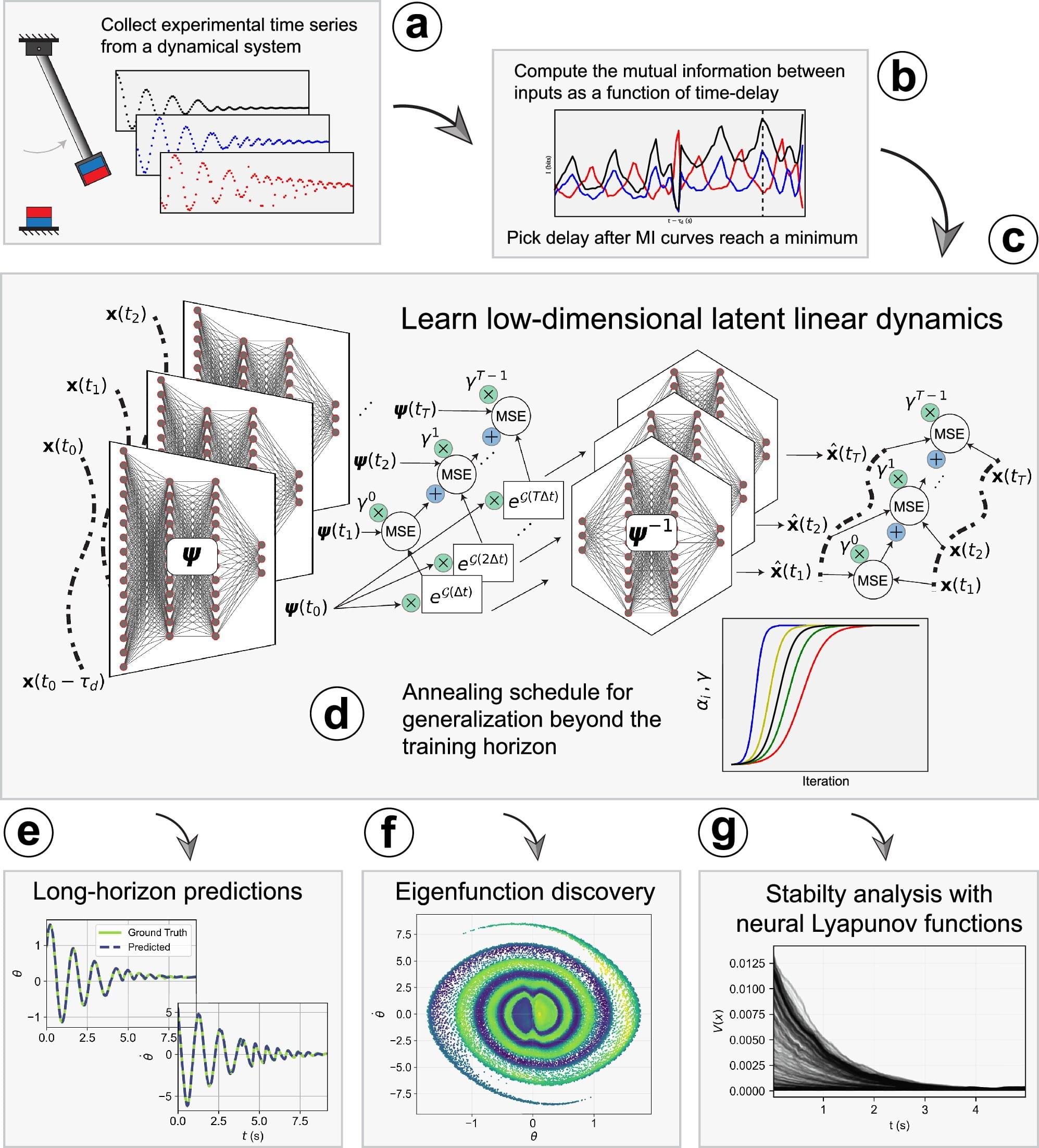French authorities arrested a 22-year-old suspect on Tuesday for a cyberattack that targeted France’s Ministry of the Interior earlier this month.
In a statement issued by Public Prosecutor Laure Beccuau, officials said the suspected hacker was arrested on December 17, 2025, as part of an investigation into the attack.
“A person was arrested on December 17, 2025, as part of the investigation opened by the cybercrime unit of the Paris public prosecutor’s office, on charges including unauthorized access to an automated personal data processing system implemented by the State, committed by an organized group, following the cyberattack against the Ministry of the Interior,” reads the statement translated into English.








